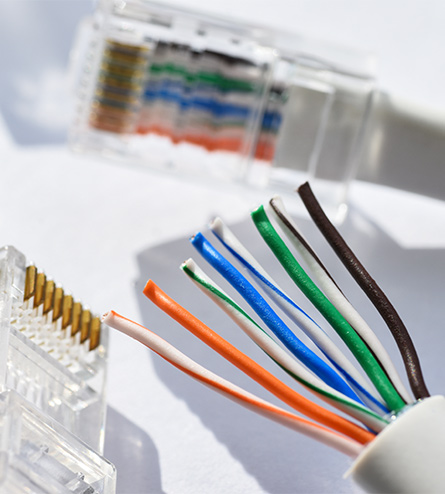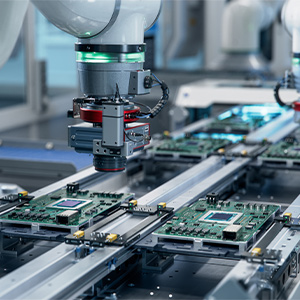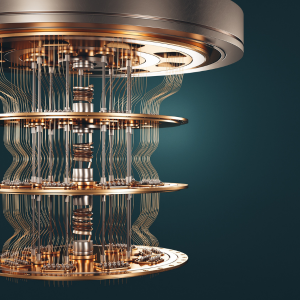What Is Single Pair Ethernet?
Post By: Ryan King On: 15-12-2020 - Automation & Control - Industry 4.0 - Industry Trends
We have become familiar with ethernet as the description for a localised area network (LAN) of computers. It describes a wired connection between a family of computers such as those in a university, office or business operation. It connects multiple devices such as routers, computers and switches via a simple interface and a few cables, so all members of the network can communicate with each other.
Ethernet History
The first ethernet system was launched in 1980, with a capacity of 10 megabits per second (Mbps). In 1995 this was updated with the release of fast ethernet, which could achieve 100Mbps. This was rapidly followed by gigabit ethernet, capable of 1000Mb (or 1Gb) per second. Fast ethernet uses two pairs of twisted copper wires (or conductors) and gigabit ethernet uses four pairs, as one half of the cabling carries a simultaneous power supply. This power is required at the operating end of a network to enable the computers and other network devices to function.
Power at source can be transmitted through one half of the conductors, but only up to a limited amount, which is why most network devices have an independent power supply at the receiving end to power the terminals. With the greater advances of the IoT and the IIoT, more power is desirable to enable the increasingly connected array of industrial applications.

PoE to PoDL and SPE
Power over Ethernet (PoE) was originally created for expanding the capabilities of the internet; the first telephonic voice connections could be made, and subsequently, web cameras and other interactive devices appeared. These capabilities are useful also to businesses, for such things as wireless access points, cameras, access gateways and badge readers.
Power over Data Line (PoDL, or "poodle") represents a necessary updating of PoE to accommodate the greater amounts of power required for the IIoT, while at the same time reducing the number of wire conductors. The PoDL solution is a new step in complex IIoT network technology which will have a significant impact on industries and markets.
Advantages Of SPE
SPE is designed for industry and uses only one pair of wires twisted together (also called a twisted pair), with each conductor carrying a different signal that transmits both data and power. Its data speed transmission over distance is currently still fairly low (10 Mbps) though it has the potential to increase in the future to 1Gbps.
The IIoT demands fast data transport, short access times, high availability, and the ability to transmit large amounts of data securely in all sorts of application environments. At the same time, people want devices, connection technology and cables to be smaller, yet more robust and powerful. With the advance of automation across all environments, IIoT solutions also require a high level of compatibility and modularity.
One aim when designing this new technology was to exchange the typical four-pair cable constructions, found in most office and control networks, for a more space-efficient, low-cost and simple alternative. One wire is insufficiently reliable to fulfil these demands, so a single pair of wires was determined to be the simplest and most compact configuration.
More Power For The IIoT
Experts in modern industrial manufacturing want to connect many low-speed devices to their control network. These include such things as lighting applications and access control, as well as actuators, sensors and relays. Since operations on the factory floor can be far apart, systems need to be capable of the long distances that currently operate using various types of fieldbus connection.
The big advantage of Single Pair Ethernet (SPE) is that it can support greater transmission of DC power (currently up to 71 watts) over greater distances (currently up to 1 kilometre). Some configurations can also achieve 1Gbps over shorter distances (15-40 metres). SPE has the advantage over wireless connections in that it provides continuous IP communications, as well as a reliable power supply to fixed locations. Ethernet interfaces will be integrated onto simple sensors, reading/ID devices, cameras and other equipment for full IIoT capability,
The international standards introduced for SPE will ensure wholesale compatibility of internet protocols in this arena. Many industrial legacy systems will continue to function with a variety of fieldbus connection protocols, but these will gradually be phased out and replaced by the end-to-end, barrier-free industrial communications network offered by SPE. While this technology represents a relatively new advance, it's still a familiar protocol stack, and one that most of the world already understands.
Get More From Rowse Straight To Your Inbox




